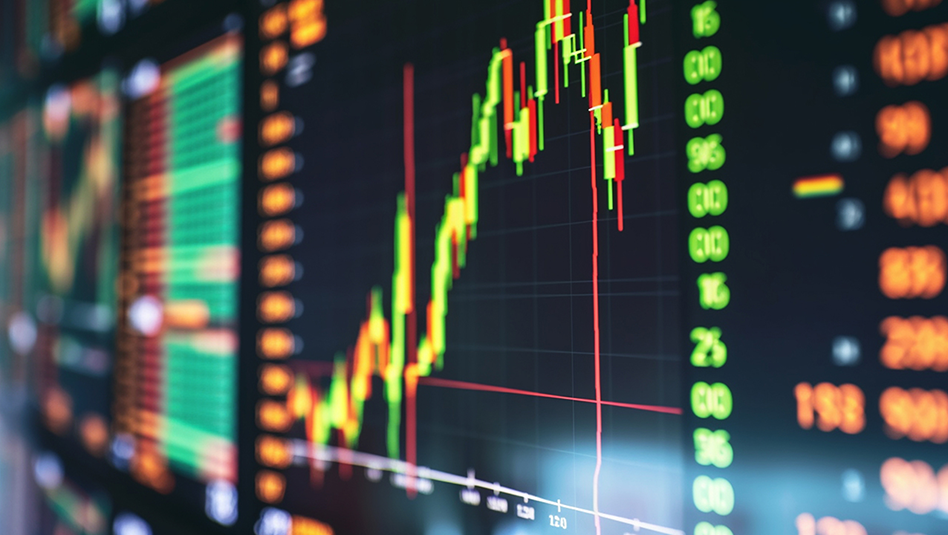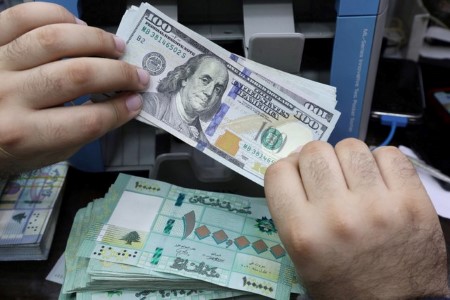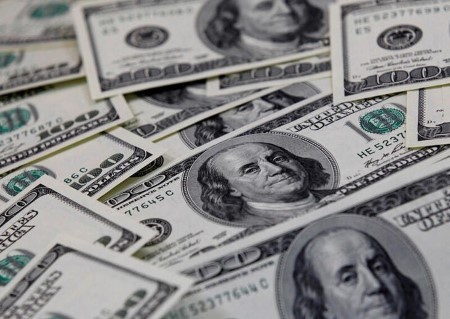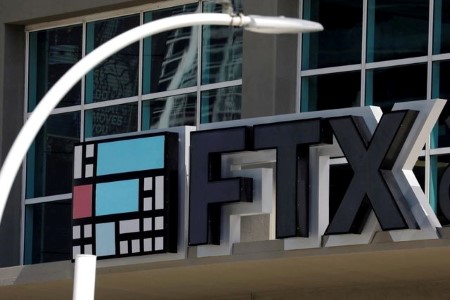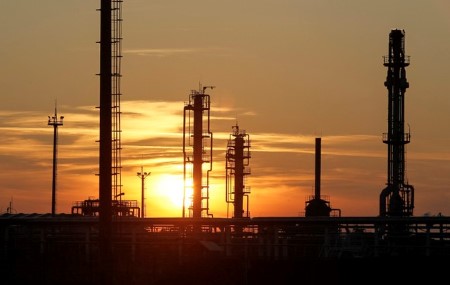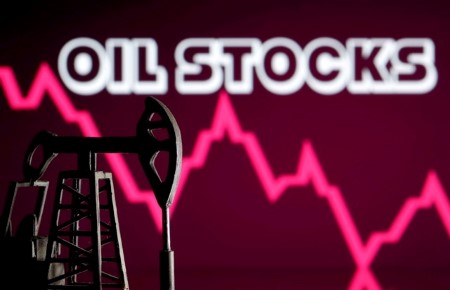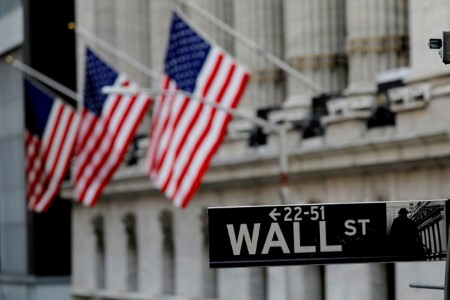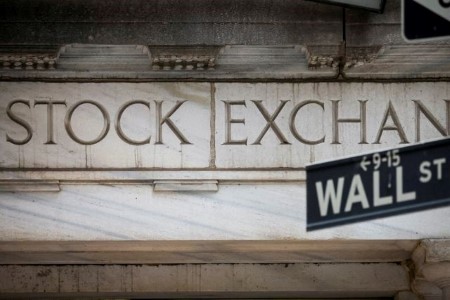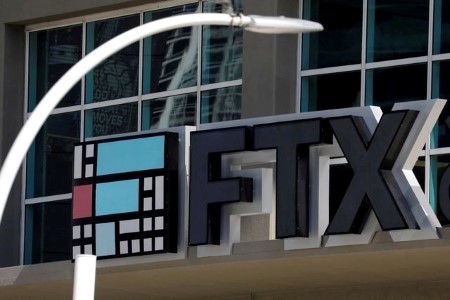NEW YORK, Nov 21 (Reuters) – The US dollar advanced against most major currencies on Monday, recouping recent losses, as fresh COVID-19 curbs in China fueled worries over the global economic outlook and made traders shun riskier currencies.
China’s capital warned on Monday that it was facing its most severe test of the COVID-19 pandemic, shutting businesses and schools in hard-hit districts and tightening rules for entering the city as infections ticked higher in Beijing and nationally.
The new cases have cast doubt on hopes that the government could soon ease its tough restrictions. That has boosted the dollar, which is seen as a safe haven in times of stress.
The dollar rose 0.9% against the Japanese yen JPY=EBS to 141.665 yen, on pace for its largest one-day gain since Oct. 14. The euro fell 0.74% against the greenback to USD 1.0248.
“All eyes are on China today and their COVID Zero policy. Traders are worried that China could expand their restrictions which could slowdown growth and threaten higher inflation,” said John Doyle, vice president of dealing and trading at Monex USA.
“The worry is seen across asset classes,” Doyle said.
China’s onshore yuan opened at 7.1451 per dollar and weakened to a low of 7.1708, the softest level since Nov. 11.
With investors taking a dim view of riskier currencies, the Australian dollar, viewed as a liquid proxy for risk appetite, sank 0.8% to a more than 1-week low of USD 0.6617.
Analysts pegged some of the dollar’s strength to a rebound following the sharp selloff over the last few weeks that saw the Dollar Index slip as much as 4.7% in November.
“I look at the dollar’s rally this morning as a reflection of recent weakness, rather than as a sign that anything is changing,” said Kit Juckes, chief FX strategist at Societe Generale.
Cooler-than-expected US inflation data had spurred investors’ hopes that the Federal Reserve’s dollar-boosting interest rate hikes may be set to be moderated. That had prompted traders to take profits on existing long dollar positions.
Speculators’ bets on the US dollar swung to a net short for the first time in more than a year, according to calculations by Reuters and Commodity Futures Trading Commission data released on Friday.
The dollar index remains up 12% for the year.
Investors will be parsing minutes from the Fed’s November meeting, due to be released on Wednesday, for any hints about the outlook for interest rates.
On Monday, the stronger dollar weighed on Sterling with the British currency slipping 0.6% to USD 1.18125 against a strengthening US dollar and as investors braced for further weakness for the pound ahead of public finances data due on Tuesday and flash PMI numbers on Wednesday.
Elsewhere, cryptocurrencies remained under pressure, with bitcoin BTC=BTSP down about 1% to USD 16,130 as the crypto industry continues to reel from the high profile collapse of crypto exchange FTX. FTX owes its 50 biggest creditors nearly USD 3.1 billion, according to bankruptcy filings.
(Reporting by Saqib Iqbal Ahmed, Editing by William Maclean)







 DOWNLOAD
DOWNLOAD

